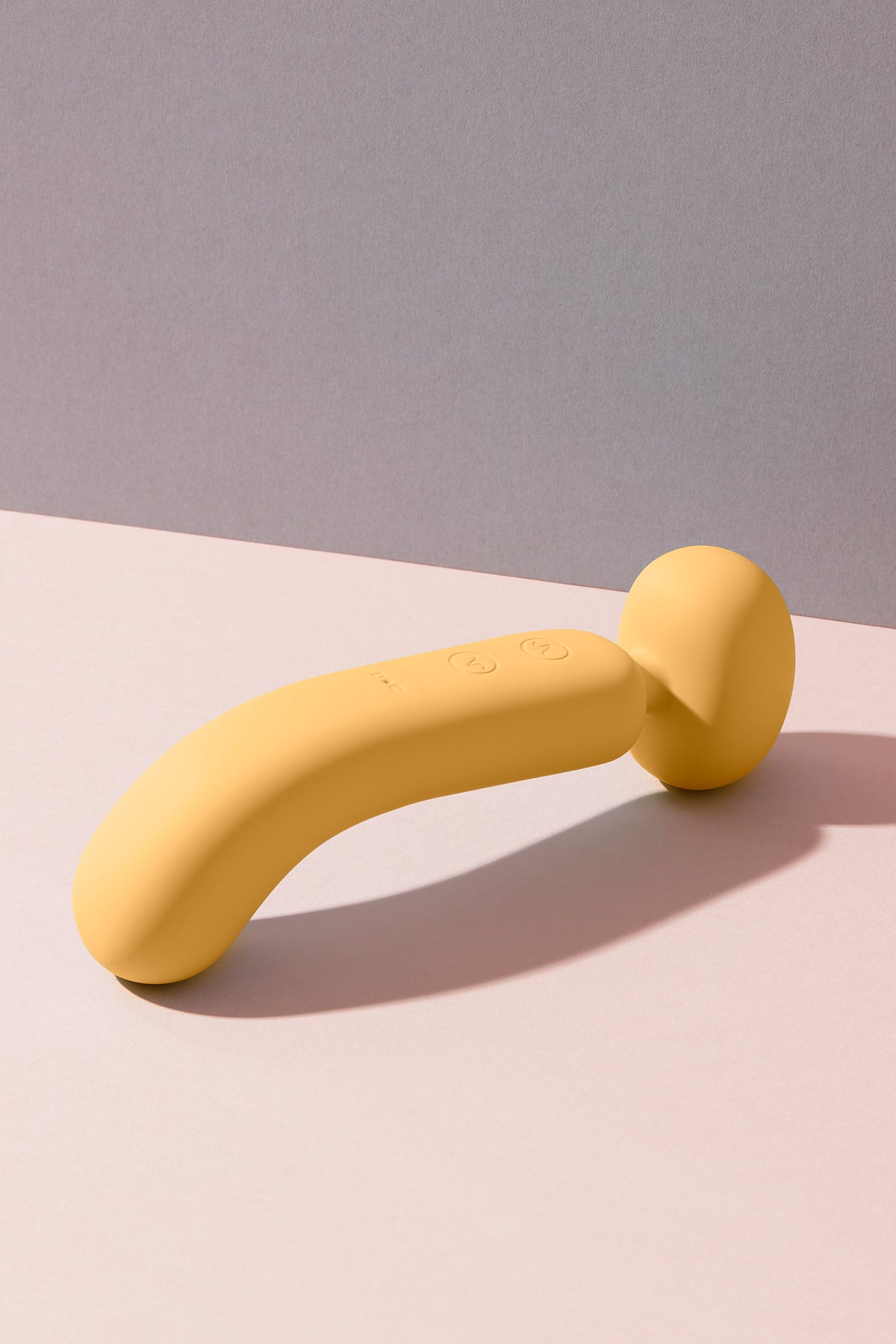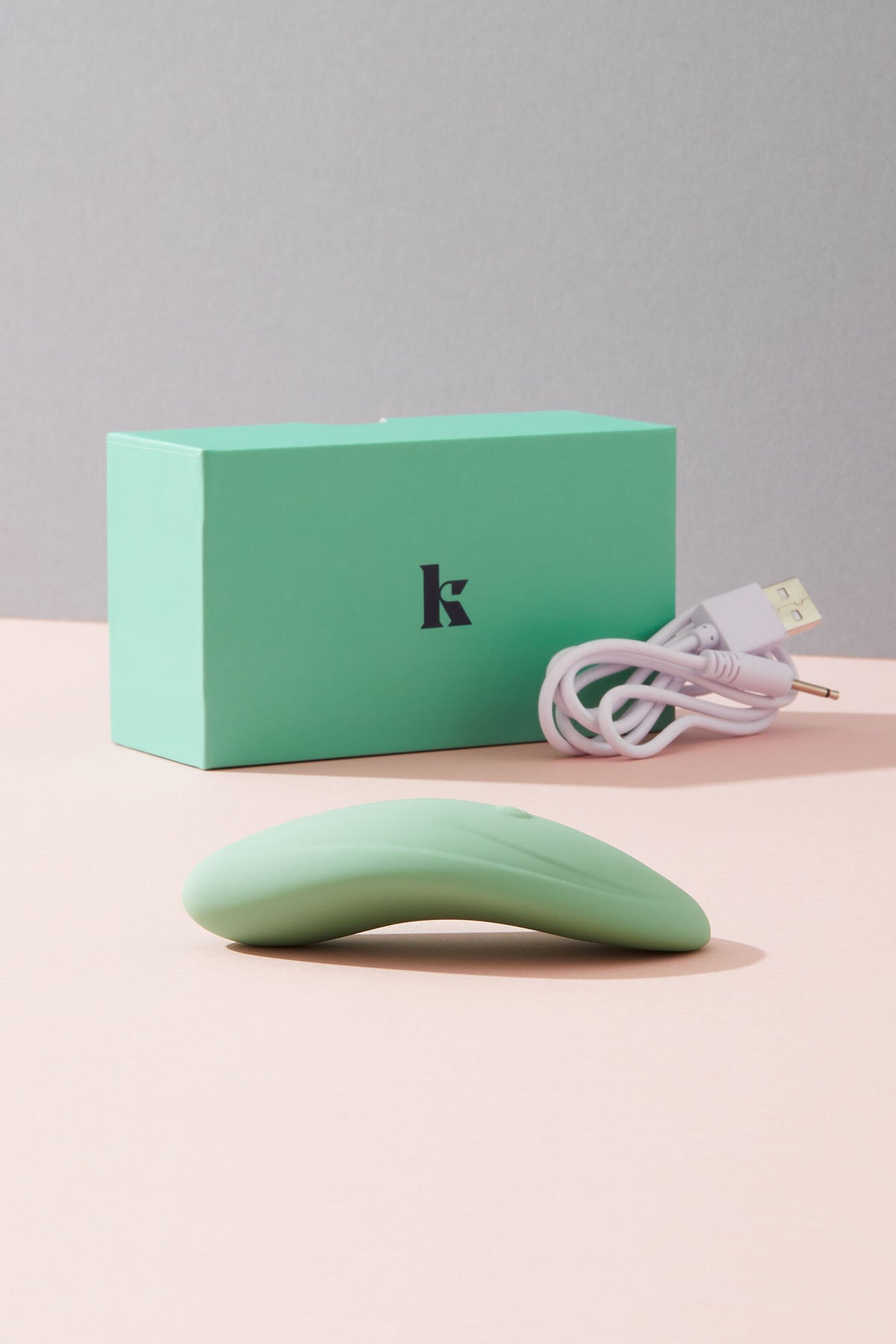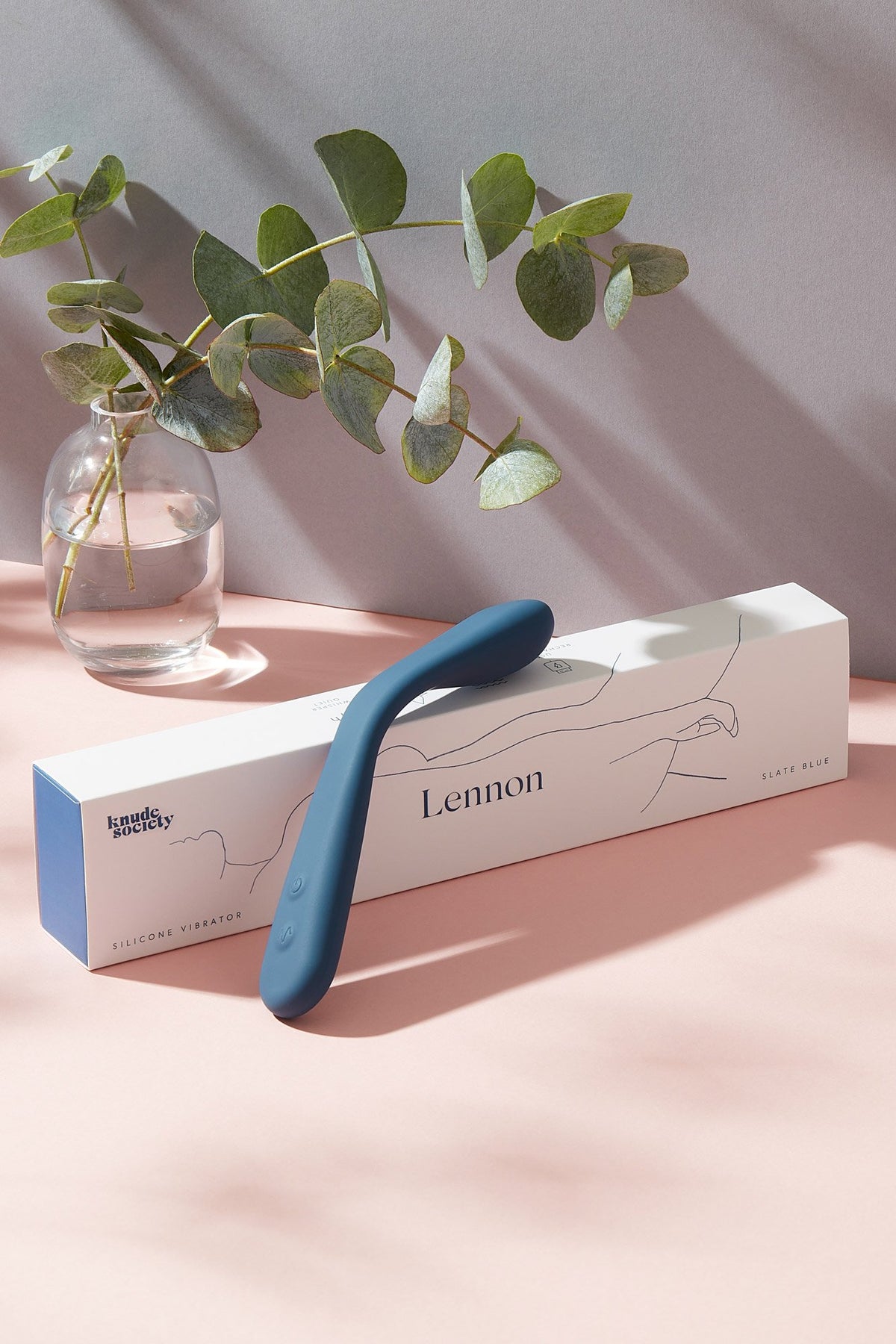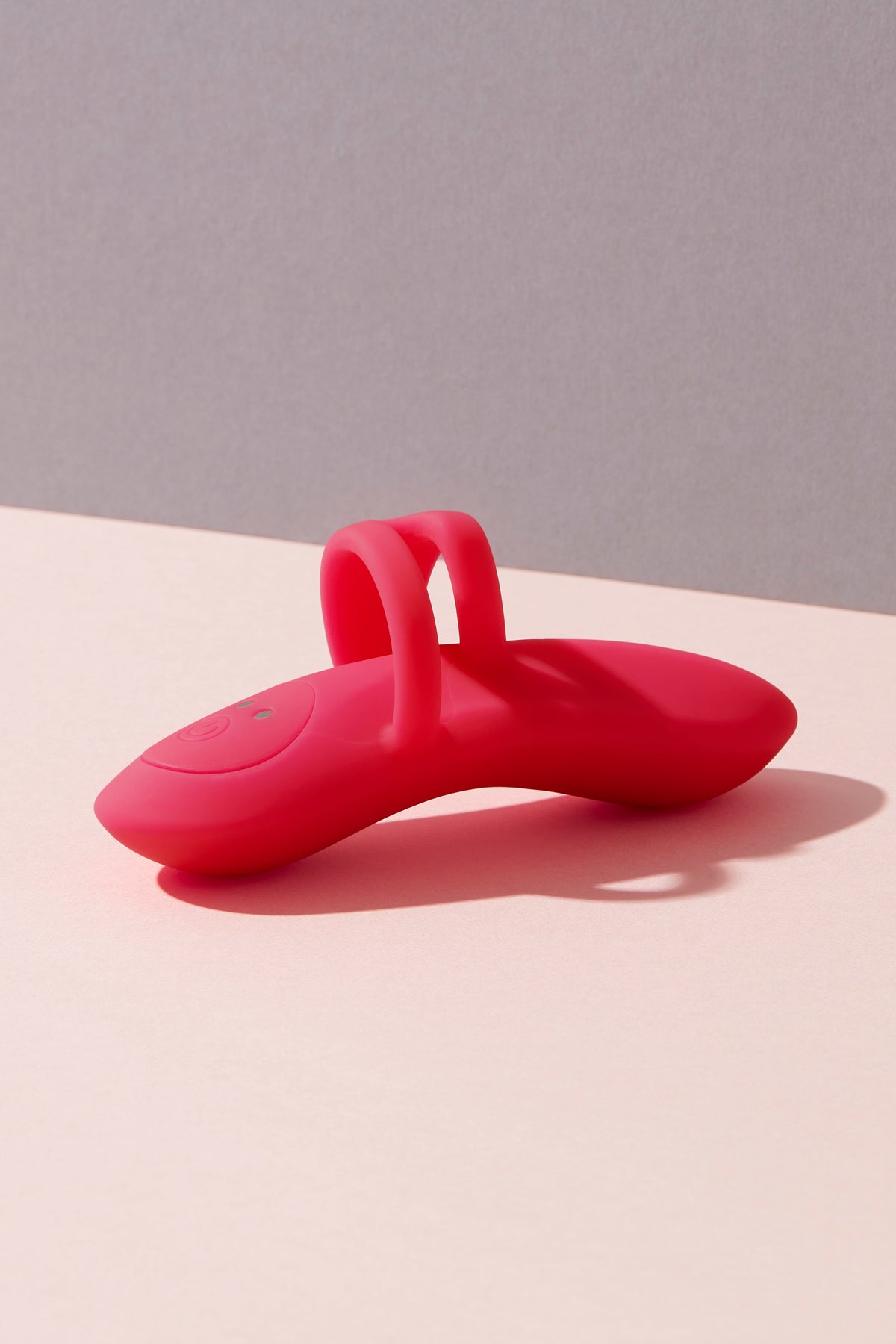We’ve all heard the phrase “hurts so good.”
Whether it’s the burn after a workout, the sting of hot sauce, or a playful spank in bed, sometimes pain feels… strangely pleasurable. But why does our brain blur the line between agony and ecstasy?
The answer lies in your neural circuits, body chemistry, and, as always, context.
Let's dig into it.
Pain and pleasure share the same brain pathways
Neuroscience shows that pain and pleasure aren’t opposites stored in separate corners of our brains. Instead, they run through overlapping networks. Especially in the nucleus accumbens and ventral pallidum, areas tied to reward processing (Leknes & Tracey, 2008).
That’s why the same brain regions can light up during very different experiences. From biting into chilli or finishing a marathon, to having sex. They'll all light up the same regions in your brain, whether you're finding it painful or pleasurable.
And this is the key difference; it's the meaning we attach to the sensation (danger vs desire) shapes whether we interpret it as painful or pleasurable. Not the sensation itself.
The pleasure of relief
Another reason pain feels linked to pleasure? The rebound effect. Known as opponent-process theory, it suggests that once pain subsides, the brain gives us a compensatory boost of pleasure (Solomon & Corbit, 1974).
Have you ever done a cold plunge? (us neither, but let's go with it).
Think about how the pain of the cold feels brutal in the moment. But the relief that floods in as you climb out afterwards feels euphoric. This principle also explains why intense sexual play can leave people floating in bliss afterwards: the contrast makes the “after” sweeter.
Sex changes how we feel pain.
Did you know that sexual arousal can actually dull pain? Hello period pain!
Research shows that vaginal self-stimulation raises pain thresholds, making pinpricks and other minor stimuli feel less intense (Paterson et al., 2009; Dunkley et al., 2019).
Arousal also activates endorphins and narrows focus, so the brain literally processes pain differently. That’s why a nibble or scratch in the heat of passion may be experienced as exciting rather than uncomfortable.
And there's our old friend context again!
Erotic pain and BDSM
BDSM and erotic play offer a natural lens on how pain can flip into pleasure. In these contexts, pain is framed as erotic, safe, and consensual. And so the body responds differently.
Instead of releasing stress hormones, the brain floods with dopamine and endorphins, which heighten arousal and connection. Research suggests that erotic pain activates reward circuits when it’s embedded in a sexual context (Wuyts et al., 2020).
It’s less about the pain itself, and more about the story your brain tells about that pain. In the right frame, what might otherwise feel like discomfort becomes a turn-on.
But this all has to happen in a safe and consensual situation.
The chemistry of 'it hurts so good'.
So what’s happening chemically when all this is going on? A lot actually:
-
Endorphins: the body’s natural opioids, which blunt pain and create a floaty, euphoric high.
-
Dopamine: the reward neurotransmitter, reinforcing the experience as something worth repeating.
-
Oxytocin: the bonding hormone, boosting trust, intimacy, and closeness with a partner.
Together, they create an erotic intensity that even when tinged with pain can leave you glowing.
Safety, consent, and trust
The difference between torture and turn-on isn’t what you're doing it’s the context.
Pain only transforms into pleasure when there’s safety, trust, and enthusiastic consent. That’s what allows the brain to reframe the sensation, shifting it from threat to thrill.
Without those foundations in place, pain remains pain. With them, it can heighten intimacy, amplify sensation, and create deeper connection.
Exploring pain and pleasure: tips for trying with a partner
First things first: it's completely normal to be curious about pain and pleasure mixed together. It can open up a whole new world of exploration and intimacy for you.
The key? Curiosity and communication.
Talk it through
Before you try anything new, chat about what excites you, what’s off-limits, and what you’re curious about. Having a safe word (something easy and non-sexual like “red”) keeps things playful but clear.
Start small
Try gentle sensations first; like a firmer squeeze, a light spank, or even holding an ice cube against the skin. Notice how your body reacts.
Use the right tools
A good lube like Glide helps avoid unwanted friction, while vibrators such as Bette or Wanda can add layers of sensation that mix pleasure and intensity.
Build in aftercare
After exploring, reconnect with something soothing. Cuddles, reassurance, or a massage using our Melt candle can all be perfect ways to do this. Aftercare isn’t just a BDSM term; it’s about grounding and intimacy after high-intensity play.
Remember: there’s no right or wrong here. It’s not about “being into pain” or not. It’s about listening to your body, respecting your boundaries, and allowing yourself to discover what feels good in the safety of trust.The Takeaway
References
-
Leknes, S. & Tracey, I. (2008). A common neurobiology for pain and pleasure. Nature Reviews Neuroscience.
-
Solomon, R. & Corbit, J. (1974). An opponent-process theory of motivation. Psychological Review.
-
Paterson, L., et al. (2009). Vaginal stimulation and pain thresholds. Journal of Sex Research.
-
Dunkley, C. et al. (2019). Physical pain as pleasure: A theoretical perspective.
-
Wuyts, L. et al. (2020). Between Pleasure and Pain: A Pilot Study on the Biological Mechanisms. Sexual Medicine Reviews.
-
Berridge, K.C. & Kringelbach, M.L. (2013). Neuroscience of affect: Brain mechanisms of pleasure and pain. Neuroscience & Biobehavioral Reviews.



